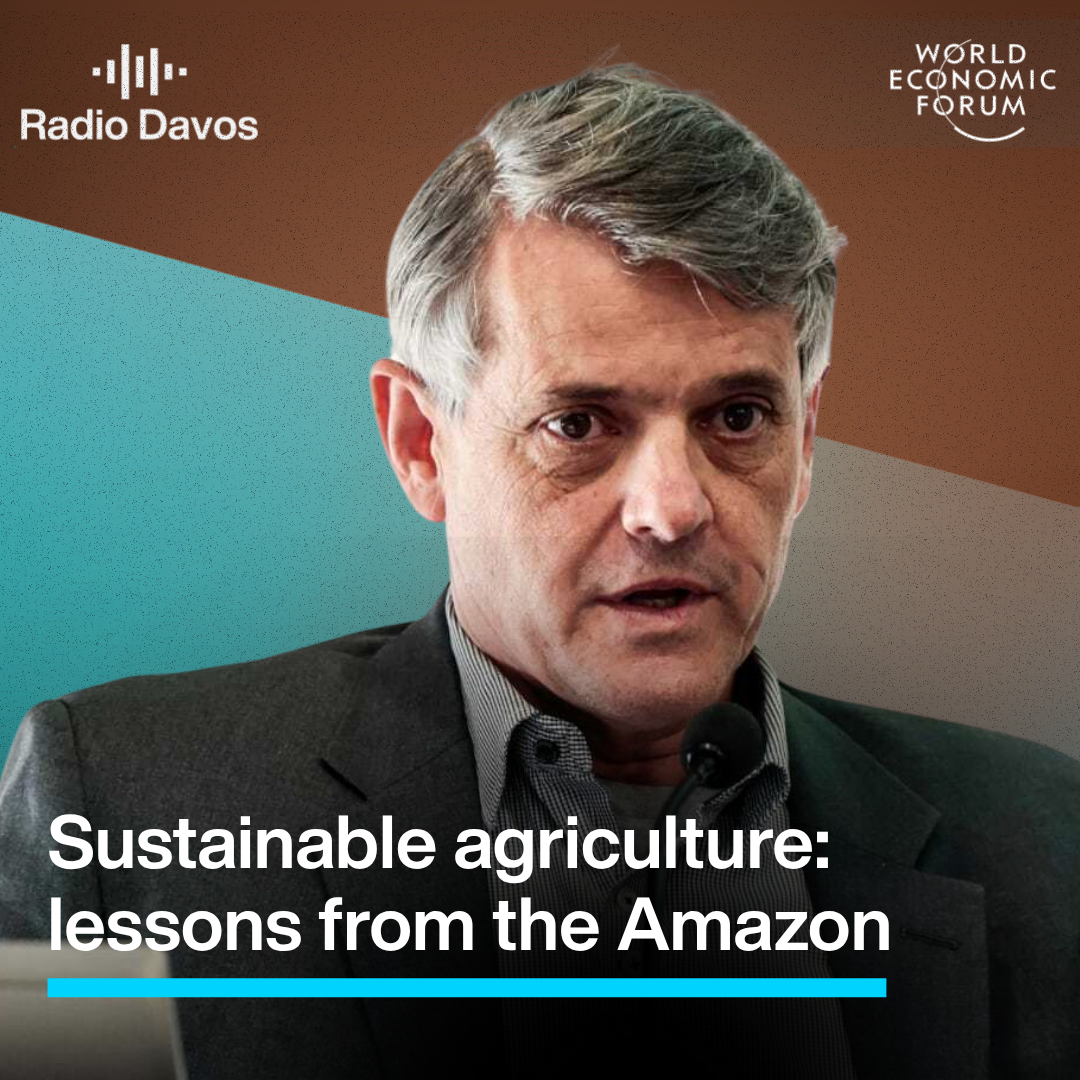Climate change is causing global heatwaves - and countries must rapidly adapt

Heatwaves are a clear signal of climate change.
Image: REUTERS/Aly Song
Bob Ward
Policy and Communications Director , The Grantham Research Institute on Climate Change and the Environment and the Centre for Climate Change Economics and Policy at the London School of Economics and Political Science.Stay up to date:
Climate Indicators
- Scientists have been warning for some time that rising global temperatures will increase the risks of hot weather.
- Homes in countries like the United Kingdom are unequipped to deal with the rising temperatures, and this puts lives at risk.
- Countries around the world need to recognize the severity of hot weather, and improve prevention and preparedness measures, say experts.
Heat is the clearest signal of climate change – and deadly heat will get even worse over the next 30 years as we struggle to act.
Heatwaves are growing in frequency and intensity around the world due to climate change.
Scientists have been warning for some time that the rise in global average temperature, as greenhouse gas levels mount in the atmosphere, is causing an increase in the risks of hot weather.
The threat of heatwaves will carry on climbing while greenhouse gas levels continue to accumulate.
As 2050 is the earliest target date currently being discussed for global emissions to be cut to net zero, that means extreme weather, including heatwaves, will become ever more severe for at least the next 30 years.
Countries that already experience high temperatures are having to adapt to even more fierce episodes of heat.
Some are beginning to pay more attention to a combination of heat and humidity that prevents the human body from staying cool through sweating.
A so-called ‘wet bulb temperature’ equivalent to 35 degrees Celsius with 100% relative humidity would make it dangerous for even healthy people to spend extended periods outdoors, particularly if they are carrying out physical activities.
Effects of heatwaves
Many hot countries already recognise that people are less productive in extreme heat, and so those employed in sectors such as construction and farming avoid working outside during the hottest parts of the day.
But countries that are unused to scorching temperatures are struggling to cope. A heatwave in late June 2021 in northwestern North America resulted in hundreds of deaths and contributed to extreme wildfire conditions.
Western Europe has an even worse track record of dealing with extreme hot weather. A heatwave in August 2003 is estimated to have killed more than 70,000 people.
In the UK, hundreds of people die every summer during summer heatwave conditions.
Almost all who die are elderly and have underlying health conditions, particularly respiratory illnesses. As a result, the health impacts of heatwaves have been largely hidden and under-appreciated.
Death certificates often do not record the role of heat, and the true scale of the loss of life only becomes apparent when spikes in mortality during hot days emerge from the analysis of public health statistics, usually several months later.
Many lives could have been saved if more attention had been paid to prevent overheating in homes.
People who are vulnerable to high temperatures often die inside buildings that are significantly hotter than outside.
Possible solutions to heatwaves
The British Government recently responded to the threat of overheating in buildings by tightening building regulations so that issues such as ventilation are properly addressed.
But many existing homes need to be retrofitted to stop them becoming dangerously warm. Preventing overheating is as important as improving insulation and energy efficiency.
However, the population also needs to be educated to take proper precautions, for instance by closing windows and blinds to keep out hot air and sunshine during the warmest parts of the day.
And a better social support network needs to be created so that those who are vulnerable and live alone are not left to perish in their homes.
The effects of heat can kill much more quickly than cold does. Many people who die during hot weather do not manage to alert the emergency services or reach hospital.
Livelihoods and the economy suffer as well during hot weather because workers are less productive in overheated offices.
An increasing reliance on air conditioning is not a solution. It can be expensive to install and operate, making it unaffordable for poor people. And it creates the risk of power cuts through surges in electricity usage.
People who live in cities are particularly exposed to the risks of heatwaves due to the urban heat island effect.
How is the World Economic Forum fighting the climate crisis?
Built-up areas usually consist of dark man-made surfaces that soak up the sun’s energy and turn it into heat instead of reflecting it. As a result, they are usually several degrees warmer than surrounding countryside.
Many of the challenges are similar for cities in both rich and poor countries. The city of Ahmedabad in India introduced a Heat Action Plan after a heatwave in 2010 killed 1344 residents.
The plan includes an early warning system for high temperatures and better health support services.
London’s response to the rising risk of heatwaves includes the establishment of ‘cool spaces’ where residents and workers can take refuge on hot days.
Some cities, including Athens, Miami and Freetown have sought to improve their preparedness by appointing chief heat officers.
All around the world, companies, cities and communities need to recognise that our current and future climate is not the same as that of the past. The risks from extreme heat are rising and will continue to do so for many decades.
Accept our marketing cookies to access this content.
These cookies are currently disabled in your browser.
Don't miss any update on this topic
Create a free account and access your personalized content collection with our latest publications and analyses.
License and Republishing
World Economic Forum articles may be republished in accordance with the Creative Commons Attribution-NonCommercial-NoDerivatives 4.0 International Public License, and in accordance with our Terms of Use.
The views expressed in this article are those of the author alone and not the World Economic Forum.
Forum Stories newsletter
Bringing you weekly curated insights and analysis on the global issues that matter.
More on Climate Action and Waste Reduction See all
Tom Crowfoot
November 18, 2025
Planet in focus: The technologies helping restore balance – and other news to watch in frontier tech
Jeremy Jurgens
November 13, 2025
Min HU
November 13, 2025
Alejandra Castro, Cassio Ferreira, Ana Gonzalez Pelaez and Nathanial Matthews
November 11, 2025




